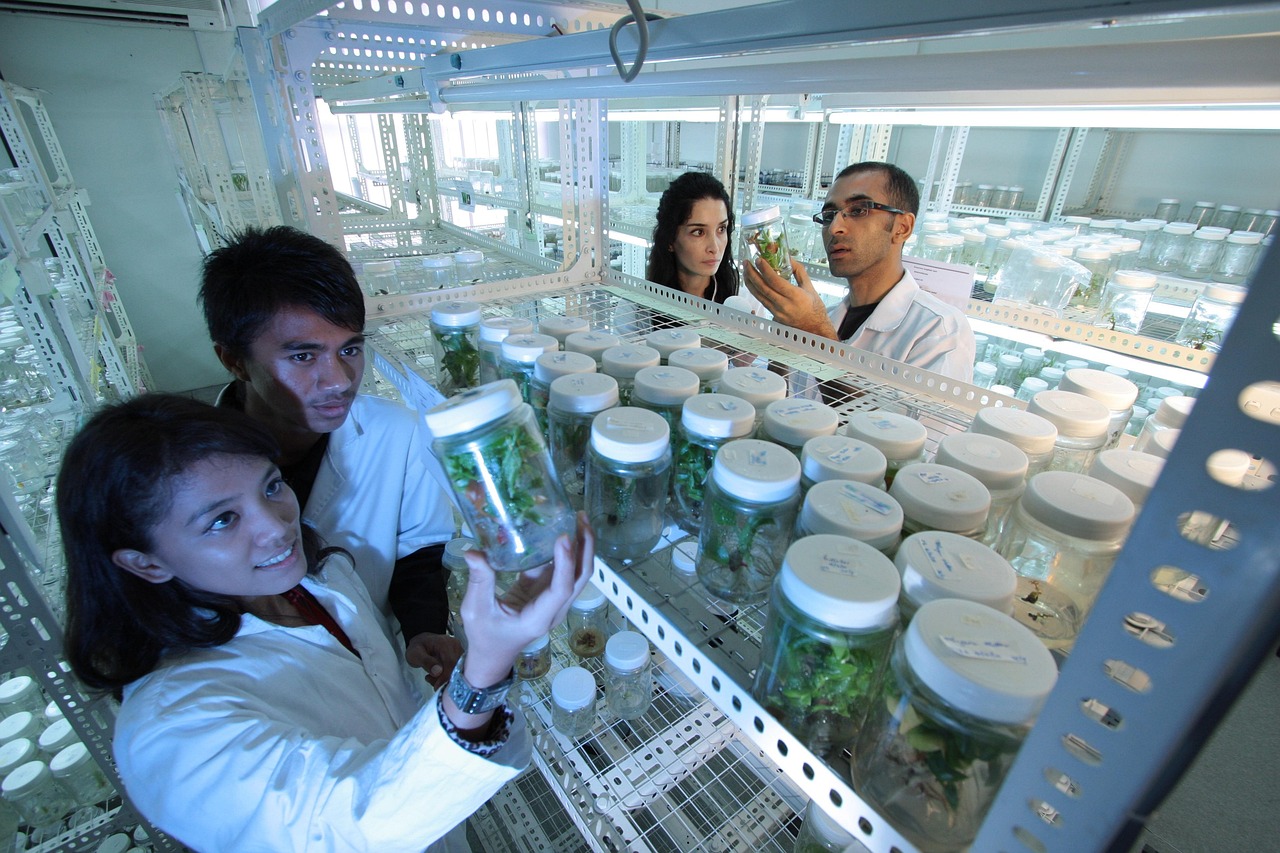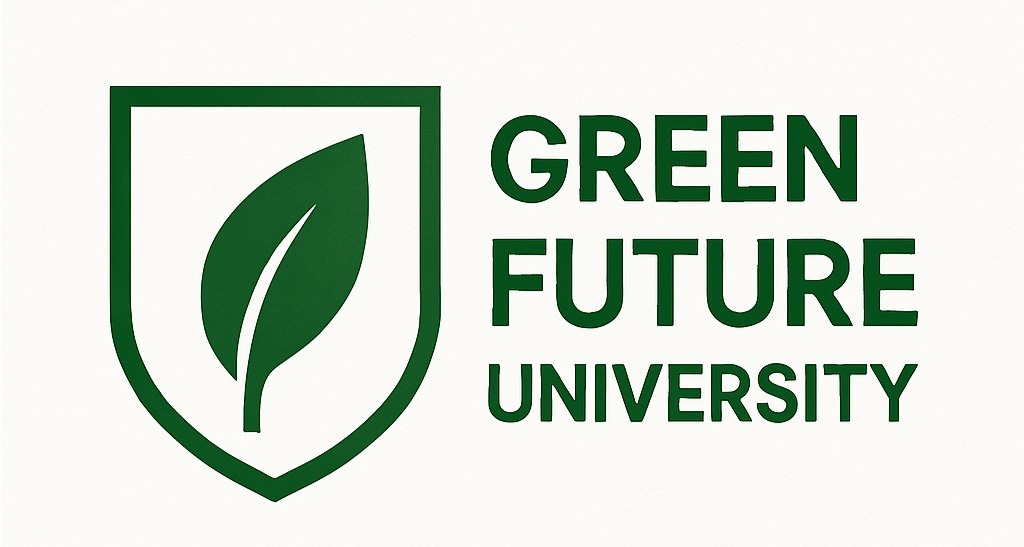
GreenFutureUniversity Research Center
GreenFutureUniversity Research Center, which integrates environmental innovation and sustainable development principles.
GreenFutureUniversity
– Integrated Environmental Research Center
Vision: To pioneer a world where environmental innovation meets practical sustainability, through cutting-edge research, education, and global partnerships.
Mission: To create a multidisciplinary research hub that advances solutions in environmental science, green technologies, agriculture, and sustainable development by integrating modern
innovation with traditional ecological knowledge.
Core Focus Areas
Environmental Innovation & New Inventions
* Support the creation of eco-technologies that solve climate and pollution issues.
* Incubate start-ups focused on carbon capture, reforestation tech, and soil regeneration.
Plant Tissue Culture Lab
* Cultivate disease-resistant, fast-growing plants for reforestation and food security.
* Focus on bamboo, Paulownia, and climate-resilient crops for degraded lands.
Sustainable Agriculture & Food Systems
* Research in permaculture, agroforestry, and regenerative agriculture.
* Promote drought-tolerant and organic farming models.
Green Energy
* Develop localized solar, wind, and bioenergy prototypes.
* Study integration of green energy into rural and off-grid communities.
Plastic Use Reduction & Alternatives
* Innovate in biodegradable packaging, algae-based plastics, and reusable material systems.
* Engage policy think tanks for regulation on single-use plastics.
Waste Management & Circular Economy
* Urban-rural waste separation models, composting tech, and recycling ecosystems.
* Research on converting agricultural, industrial, and domestic waste into energy or usable products.
Sustainable Living Practices
* Build experimental green campuses and villages.
* Train communities in zero-waste, water harvesting, and local food production methods.
—
Global Impact Goals (aligned with SDGs):
* SDG 2: Zero Hunger through climate-smart agriculture.
* SDG 7: Affordable & Clean Energy.
* SDG 12: Responsible Consumption & Production.
* SDG 13: Climate Action.
* SDG 15: Life on Land.
—
Organizational Structure (Suggested):
* Executive Council – Strategic governance, global collaboration.
* Research Divisions – Focus-specific research labs and programs.
* Innovation Incubator – Start-up support, patent assistance.
* Green Academy – Training, vocational education, global courses.
* Community Outreach – Work with schools, farmers, NGOs, and governments.
—
Potential Partners & Stakeholders:
* UN FAO, UNEP, GEF, ICRAF
* National agricultural and energy ministries
* Universities and VET institutes worldwide
* Local municipalities for implementation pilots
* NGOs and CSR programs for funding and rollout
—
Forwarding Next Steps:
1. Develop a detailed business and operational plan
2. Secure land and lab space – Preferably near agroforestry or semi-urban areas
3. Apply for international funding (EU, UNDP, GCF)
4. Launch pilot programs in tissue culture and waste management
5. Build an international advisory board for credibility and oversight
